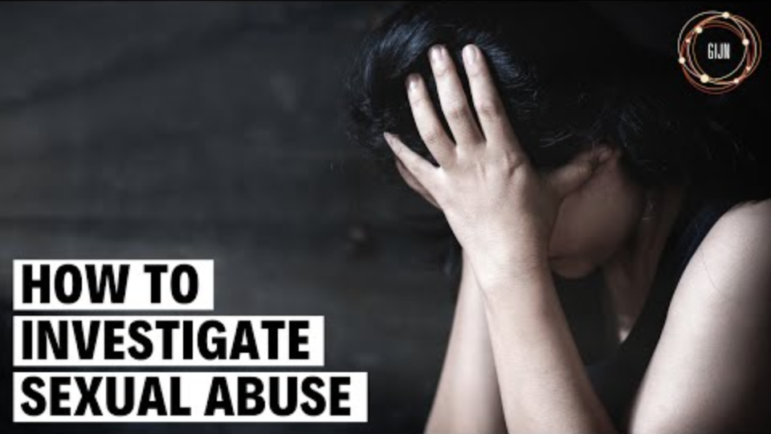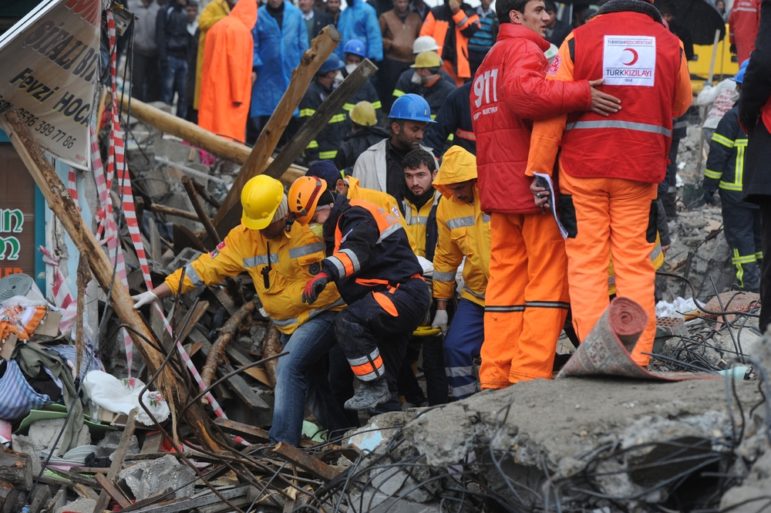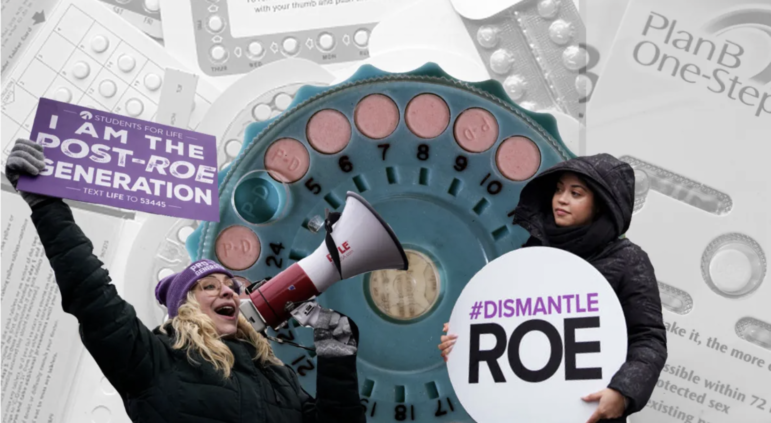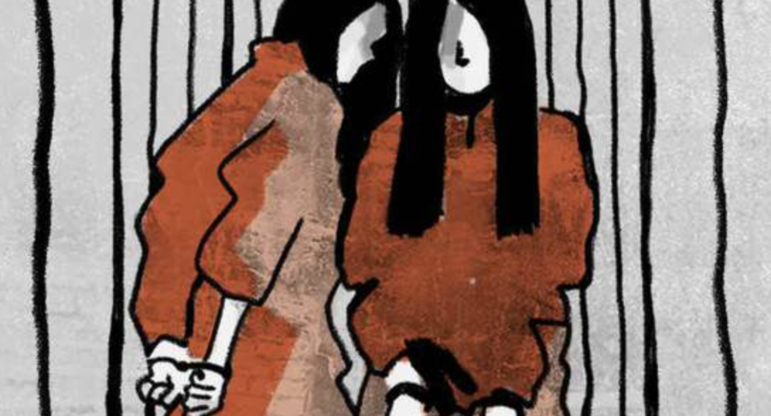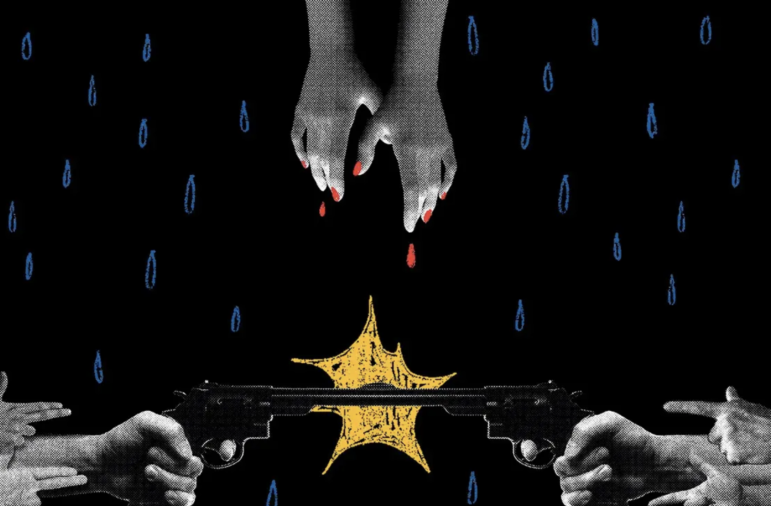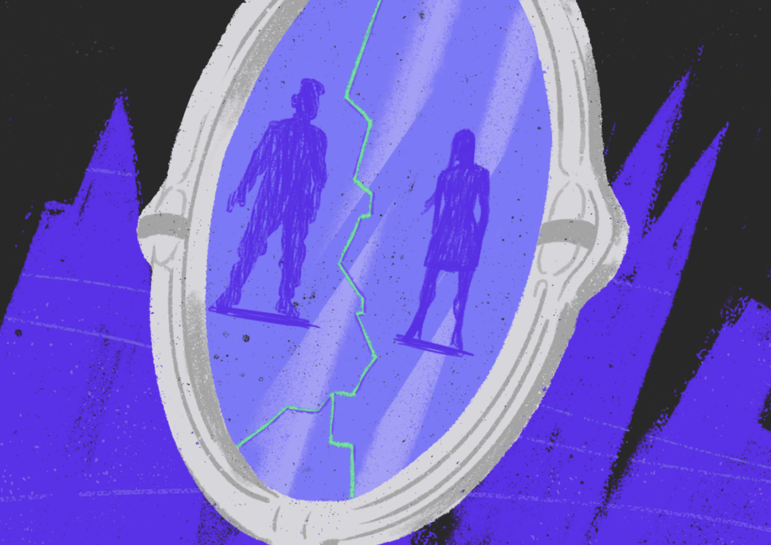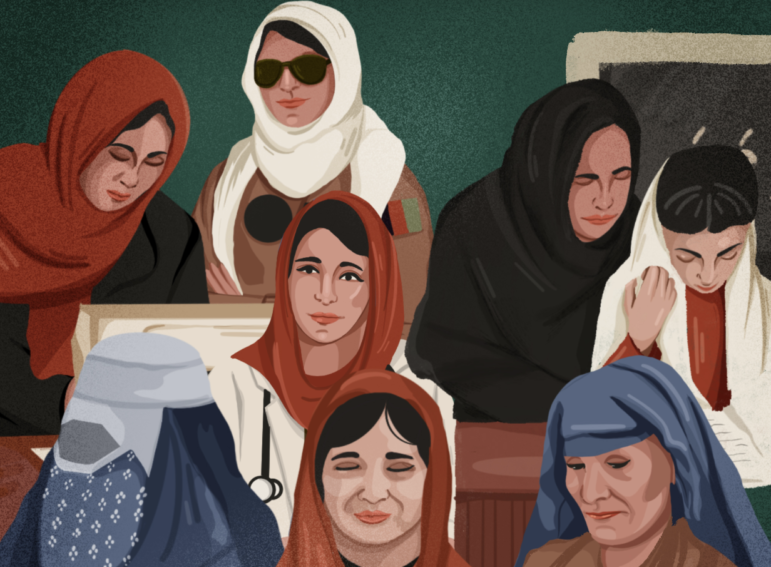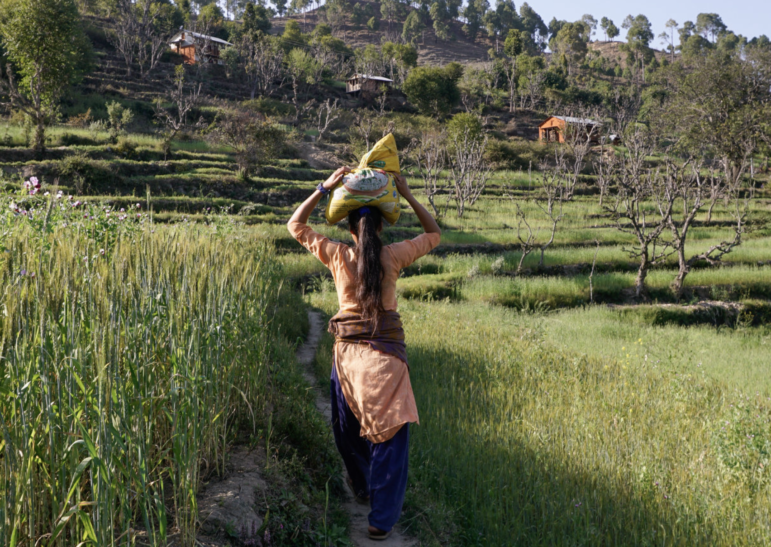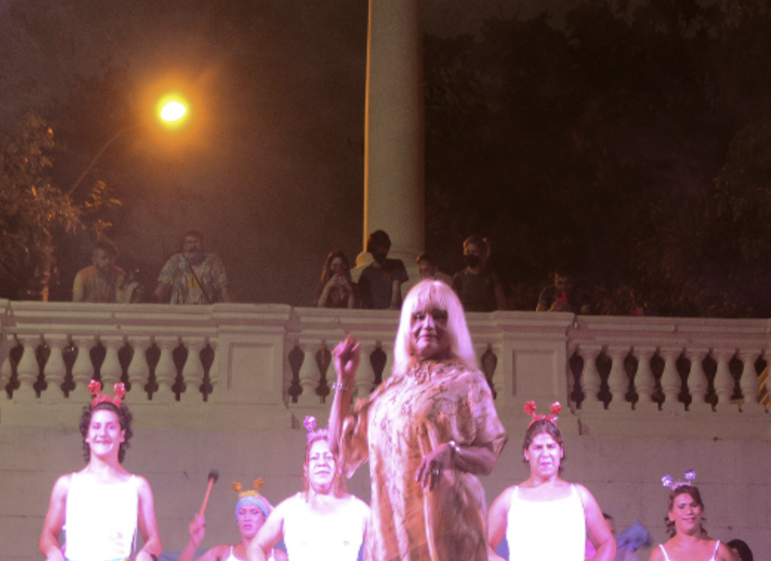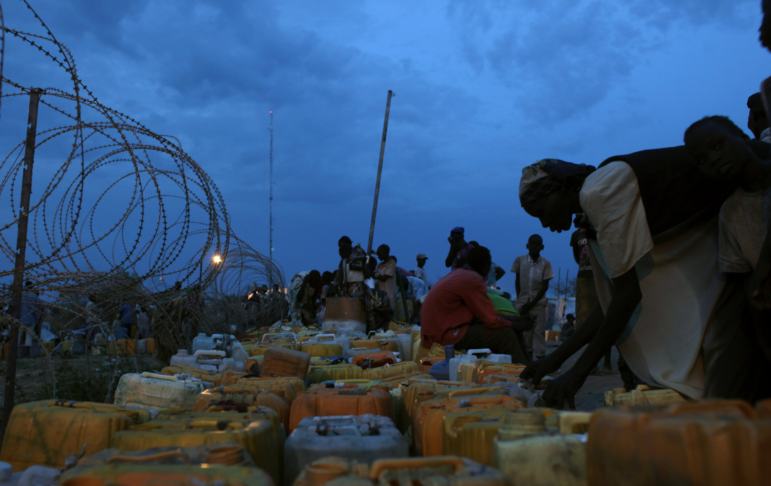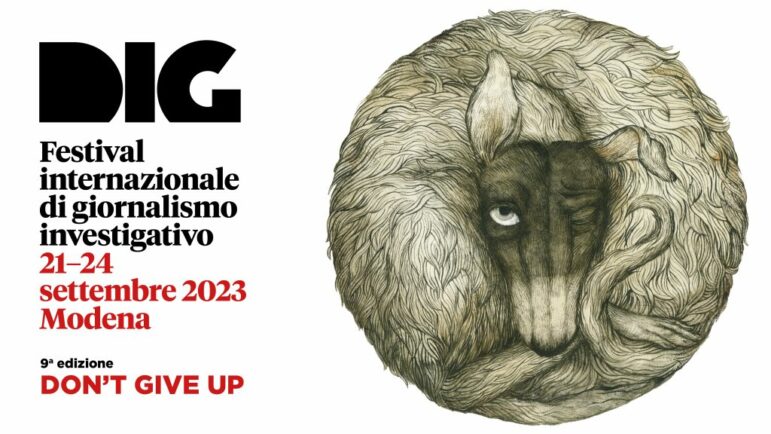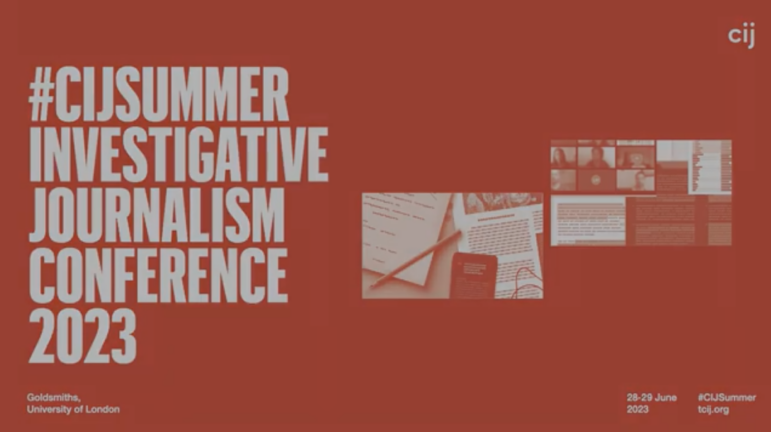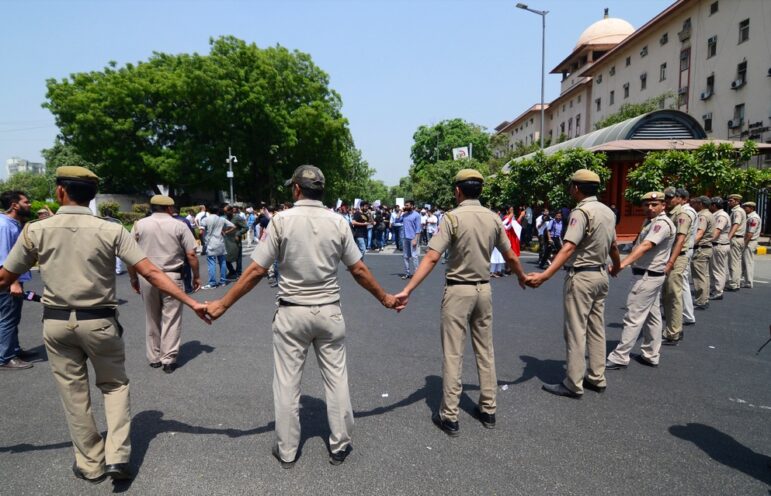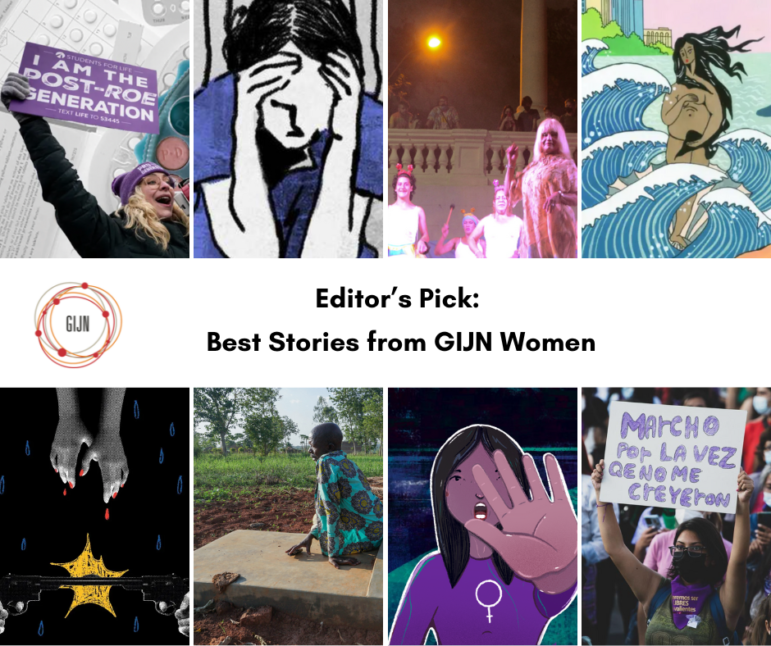

Editor’s Pick: Best Stories from GIJN Women
Read this article in
From birth control disinformation to cross-border surrogacy, from high-level sexual harassment to the brutality of “everyday” violence against women, 2022 was a year marked by noteworthy investigations into stories with a gender angle.
Arguably the biggest story of the year was the Politico scoop that revealed that the US Supreme Court was poised to overturn Roe v. Wade, a ruling that would impact the right of women to have an abortion. That story became the most-read in Politico’s 15-year history.
But around the world, reporters have been investigating abortion access, war crimes affecting women, and LGBTQ issues. For International Women’s Day here is our round-up of some of our favorite items published or broadcast in 2022 or early 2023, which we share alongside an update to GIJN’s Women’s Guide, which features links, stories, and advice from leading journalists.
Our list is highly subjective: we’ve highlighted some of the best investigations we’ve come across on these topics but have also chosen outlets that are digging into subjects that are otherwise under the radar. We feature investigations from Latin America, Asia, Africa, Europe, North America, and the Middle East, and from well-known international outlets and smaller investigative units.
Many of these stories were featured in the GIJN Women bulletin, an informal email roundup featuring the best investigations about subjects of interest to women and nonbinary reporters. It was difficult to parse through so many excellent stories to find those we wanted to feature.
GIJN Women is a group created to discuss issues related to the work of women and nonbinary investigative journalists, formally created in Hamburg, Germany, in 2019. The group currently has 385 members from 92 countries.
Reproductive Rights
A collaboration by Reveal, Mother Jones, the UC Berkeley Human Rights Center, and Berkeley Journalism’s Investigative Reporting Program resulted in a two-part investigation “showing a disturbing landscape of birth control disinformation that actively targets women searching for functional contraception options in the United States.” Among the findings: how some anti-abortion activists leverage the trend of natural childbirth, breastfeeding, and non-hormonal contraceptives, piggybacking on wellness influencers on social media to spread their message. Part two — the podcast — goes back in time to expose “the long campaign to turn birth control into the new abortion.” Reveal has produced other cutting edge pieces on reproductive rights in the US, such as How Anti-Abortion Pregnancy Centers Can Claim to Be Medical Clinics and Get Away With It or its collaboration with The Markup: Facebook and Anti-Abortion Clinics Are Collecting Highly Sensitive Info on Would-Be Patients.
Crimes of War
We came across a number of investigations that dealt with sexual violence in places of conflict. One investigation from Syria was reported by SIRAJ (Syrian Investigative Reporting for Accountability Journalism), in partnership with Sawt Podcast and Daraj. The initial tip for the story came from a young woman — Lena — who claimed she was raped by an officer while in prison. Reporters tracked down others who say they were subjected to severe sexual assault while in custody — including being trafficked outside of a jail for sex. Present Time, from RFE/RL, published a report on the use of sexualized violence against men and women in Ukraine. Lastly, Veza, produced by the Center for Collaborative Investigative Journalism, investigated the weaponization of rape in the conflict in Ethiopia’s Tigray region.
Violence Against Women
“Despite official publicity and increased public spending to tackle attacks against women in Latin America, the rate of violence is not going down.” That’s the sobering conclusion of an investigation coordinated by Connectas, in which journalists in a dozen countries interrogated why 15 of the worst 25 countries for femicide are in Latin America. The cross-border investigation used maps, charts, graphics, and case studies to show the scale of the problem. Reporters also reveal cases like that of Maribel Barrera who made five complaints to Peruvian police about her ex-partner, only to be killed by him hours before a police officer arrived at her home with a protection order. Elsewhere, Insight Crime investigated a series of femicides in Tibú, Colombia — a volatile border area. And in Peru, the team at Salud con Lupa published Macho Justice, a rich, data-led project digging into 160 cases of those sentenced for femicide or attempted femicide. The project featured court documents revealing the latent sexism behind some judicial rulings, and the justifications of the men who killed their partners, including “she tricked me” and “she deserved it.”
Guns and Domestic Violence
Many femicides are carried out by partners and exes, meaning access to weapons at home is a key issue when it comes to understanding intimate partner violence. Puerto Rico’s Center for Investigative Journalism, looking at the impact of firearms on women, found 59% of people killed by their partners or former partners were attacked with a gun. Another startling finding: some of those using firearms against their partners were police officers. In Brazil, a series by reporter Laís Martins looked at the surge in gun ownership — spurred by liberalization of laws by ex-President Jair Bolsonaro. Martins’ stories exposed the impact of police violence on women in the favelas, and how more lethal firearms are now available to more people, perpetuating a cycle of violence that impacts women and, often, children.
#MeToo

Former Brazilian bank president Pedro Guimarães resigned one day after Metropolies published a story detailing multiple allegations that he sexual harassed his employees. Image: Screenshot, Metropoles
Years since the #MeToo campaign first sparked a public reckoning, stories about sexual harassment and abuse continue to make news. A Scandal of Sexual Harassment at the Heart of the Government of Jair Bolsonaro, by Brazil’s Metrópoles, took top prize in the Javier Valdez Latin American Award for Investigative Journalism last year. The article revealed how employees at Brazil’s Caixa Econômica Federal — one of the largest state-owned banks in Latin America — accused the bank’s then-president, Pedro Guimarães, of sexual harassment. Reporters tracked down five employees who worked closely with Guimarães, and while their testimonies were kept anonymous, the team cross-referenced information about the allegations. Although Guimarães said the accusations were “not true,” he resigned the day after publication, and five vice presidents at the bank ended up leaving in the following weeks. Another #MeToo investigation of note: French outlet Mediapart’s continued blockbuster reporting on France’s former government minister for solidarity, Damien Abad, who has denied accusations that he raped two women.
#MeToo in Sports
There are so many inspiring examples of investigations about #MeToo in sports that we thought they deserved their own category. In Germany, CORRECTIV and Süddeutsche Zeitung dug into several cases of alleged domestic violence by professional soccer players, an exposé that sparked a national debate. Months-long reporting led to nine first-person accounts from ex-wives and girlfriends of various high-profile players. The reporters found the women were legally pressured to keep silent, apparently sidelined by a system that protected the athletes. Another example: the Built & Broken series by The Washington Post, an investigation that found officials of bodybuilding’s two top federations had sexually exploited female athletes for decades. Among the allegations: pressuring them to do nude photographs, posting the photos to pornography sites, and “manipulating contest results in favor of cooperative competitors.”
Afghanistan: The Aftermath of the Withdrawal
When Kabul fell to the Taliban, the women’s reporting corps was decimated. A number fled Afghanistan, others went off-camera, or took to working without a byline or undercover so they would not be discovered. Reporters Without Borders found that more than 80% of women journalists lost their jobs. In that context, Afghanistan’s Zan Times, Rukshana Media (an Afghan newsroom led by women), and the Fuller Project (a women’s-centered reporting initiative) collaborated on a series of stories examining women’s lives since the Taliban seized power. Among them are stories about women fighting to preserve their right to work, the ongoing setbacks to women’s health, and how young women are dealing with a decree that states the “first and best sign of observing hijab is not to leave the house.” Reporters spoke to sources around the country at a time when reporting as a woman has become prohibitively dangerous and difficult.
Women’s Health and Social Issues
A number of the stories that come across our desk might not fit the paradigm of a hard-hitting investigation, but feature in-depth reporting, cover a topic that is otherwise overlooked, or highlight an issue with social and political importance, particularly for women. Three stories by Global Press Journal, an organization that creates independent news bureaus staffed by local women reporters, fit that bill: on discrimination against women and girls in Nepal (which examined an ancient — and now technically outlawed — custom of exiling menstruating women to huts outside the home), on maternal health in times of conflict in the Democratic Republic of Congo, and on the deadly impact that witchcraft accusations can have on women in sub-Saharan Africa.
LGBTQ Rights
Dani was only 16 when his family forced him to participate in a ritual designed to change his sexuality. While sitting between his aunt and his father, a church pastor read sections of the bible and put his hands on the teenager’s head as two women walked in circles around him, praying. His story is part of the investigation “Torture Therapies and Attempts to Convert LGBTQ People in Paraguay,” published by Presentes, an independent regional outlet that covers gender and sexual diversity from Buenos Aires and Mexico City. The investigation relied on first-hand accounts and expert testimony to dig into internationally discredited “conversion therapies” — techniques to alter a person’s sexual or gender identity, which have been labeled akin to torture by UN experts — and how various parties promoted them in Paraguay. A second story digging into LGBTQ issues came from OC Media — a news site reporting in the Caucasus — and details the experiences of trans women in men’s prisons in Azerbaijan, where trans women are seen “as both a threat and a sexual commodity.”
Dark Side of Surrogacy
The world of surrogacy is high-stakes, fast-changing, and as medical techniques continue to advance, offers a number of investigative angles for reporters. The Baby Broker Project is a fascinating trip “inside the world’s leading low-cost surrogacy agency.” This collaboration, coordinated by Finance Uncovered and supported by the Pulitzer Center, involved journalists from Animal Politico in Mexico, iFact in Georgia, The Observer from the UK, and Eesti Päevaleht from Estonia (plus freelance reporters from Kenya and Cambodia). The investigation “unearthed evidence of suspected ethical violations regarding the company’s recruitment and treatment of surrogates, and an opaque company structure that issues what some lawyers argue are worthless contracts, which could leave vulnerable women and commissioning parents legally exposed.” It also featured first-hand testimony from women recruited to act as surrogates, many who came from poor backgrounds in the Global South. An award-winning investigation into surrogacy in Kenya from 2020-21 inspired the project.
Aid Agency Sexual Abuse
The New Humanitarian has long covered allegations of sexual abuse in the aid sector. In this investigation, published in partnership with Al Jazeera, the site examined how accusations of sexual abuse by aid workers at a UN-run camp in South Sudan in 2015 have gone unresolved and “seven years on, such reports not only continue but have recently increased.” Based on nearly a year of reporting, the exposé draws heavily on non-public documents and features interviews with local and international aid workers, and camp residents. “What we found was a system-wide failure to protect women and girls from sexual exploitation at the hands of aid workers,” said co-author Sam Mednick. Back in 2020, The New Humanitarian and the Thomson Reuters Foundation revealed that more than 50 women had accused Ebola aid workers from the World Health Organization and leading NGOs of sexual exploitation and abuse in the Democratic Republic of Congo, an investigation that prompted calls for new policies.
Additional Resources
Resources for Women Journalists – A GIJN Guide
Lessons Learned from Investigative Journalist Hayatte Abdou, from the Comoros
9 Leadership Tips for Women in Investigative Journalism
 Gabriela Manuli is the deputy director of GIJN, and co-founder and coordinator of the GIJN Women group. A native of Argentina, she has been a journalist for more than 15 years, working for radio, TV, magazines, and newspapers. She has extensive international experience in Latin America, Europe, and the United States.
Gabriela Manuli is the deputy director of GIJN, and co-founder and coordinator of the GIJN Women group. A native of Argentina, she has been a journalist for more than 15 years, working for radio, TV, magazines, and newspapers. She has extensive international experience in Latin America, Europe, and the United States.
 Laura Dixon is an associate editor at GIJN and a freelance journalist from the UK. She has reported from Colombia, the US, and Mexico, and her work has been published by The Times, The Washington Post, and The Atlantic. She has received fellowships from the IWMF and the Pulitzer Center.
Laura Dixon is an associate editor at GIJN and a freelance journalist from the UK. She has reported from Colombia, the US, and Mexico, and her work has been published by The Times, The Washington Post, and The Atlantic. She has received fellowships from the IWMF and the Pulitzer Center.

